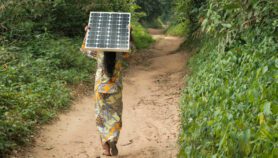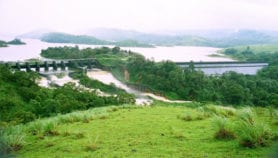22/12/15
Barefoot engineers bring solar power to Afghanistan
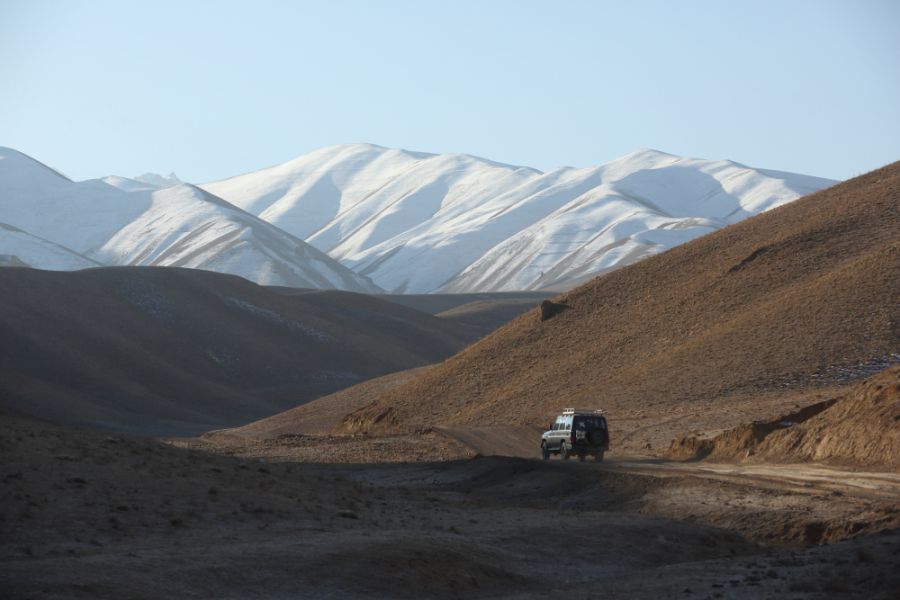
Much of Afghanistan is mountainous and the road networks are poor. As a result, many communities are isolated — especially in winter — and are without electricity. Here a Norwegian Church Aid vehicle follows a hazardous road over a mountain pass to reach a village in Daykundi province as part of its Solar Power project
Jim Holmes
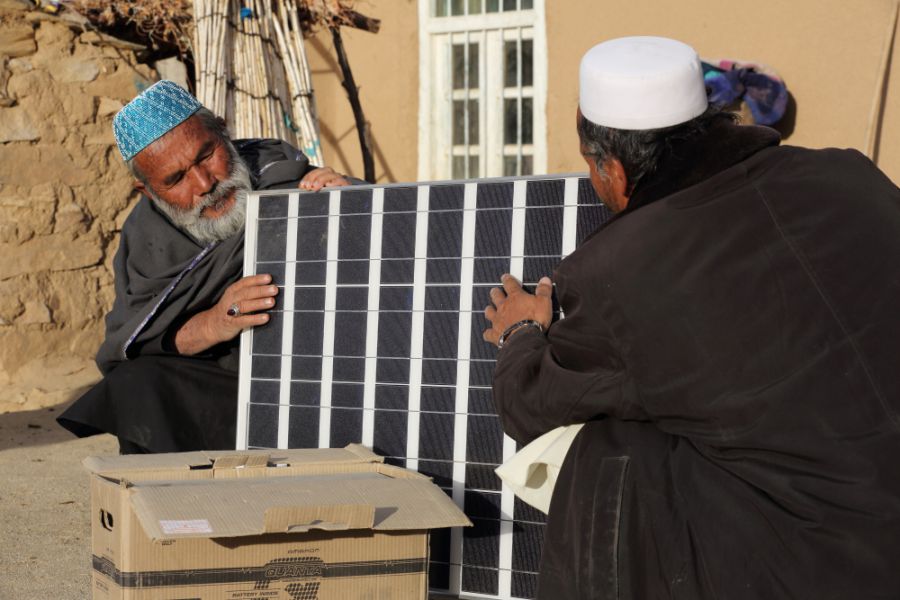


Iqbal unpacks a new solar panel delivered by Norwegian Church Aid. A solar power system will be installed on the roof of his house in Palaj village, Daykundi province
Jim Holmes
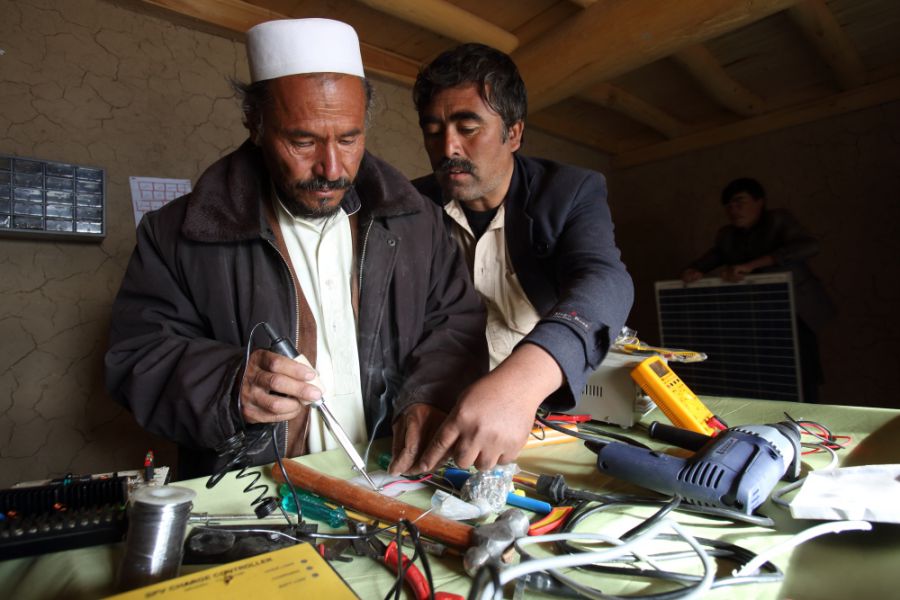


Mohammad Jan, a master ‘barefoot solar engineer’, instructing Alijan on preparing solar panels at a workshop in his home in the village. The project has funded ten local people, including Jan, to be trained in India. These, in turn, have trained a further 84 local engineers
Jim Holmes
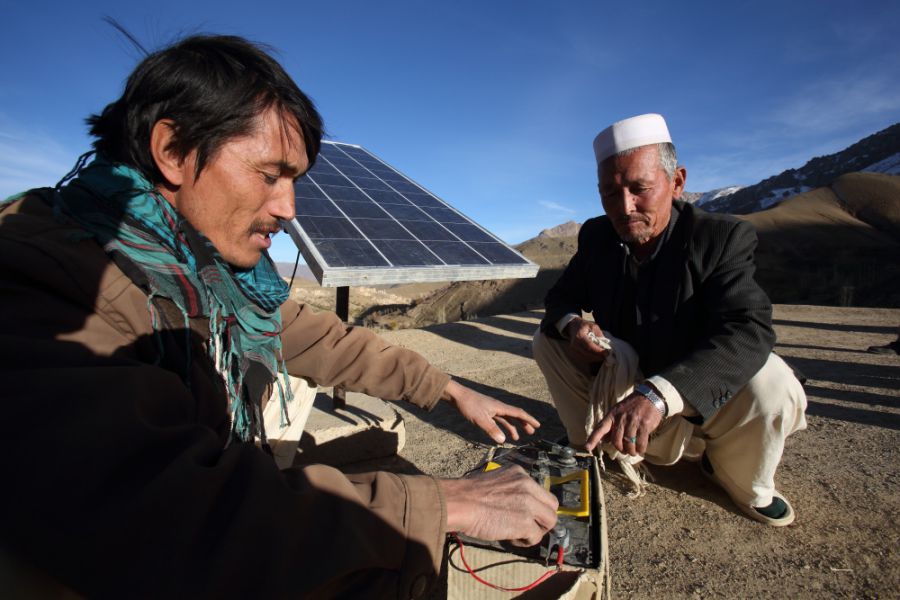


Huda Bakh, a 28-year-old barefoot solar engineer, assists Bostan with his recently installed solar system in Faizabad village, Daykundi province
Jim Holmes
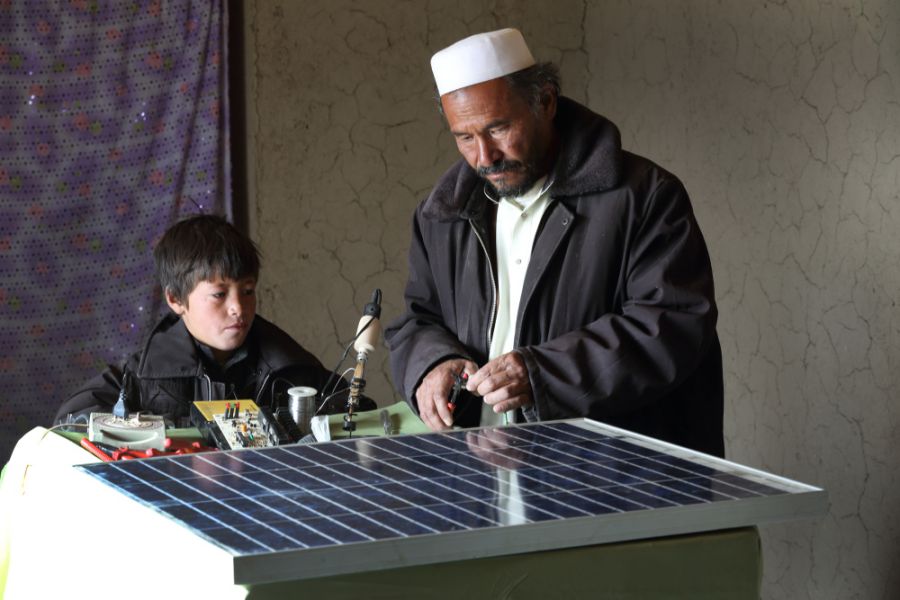


Alijan, a local barefoot solar engineer, is watched by his 12-year-old son in Palaj village, Daykundi province
Jim Holmes
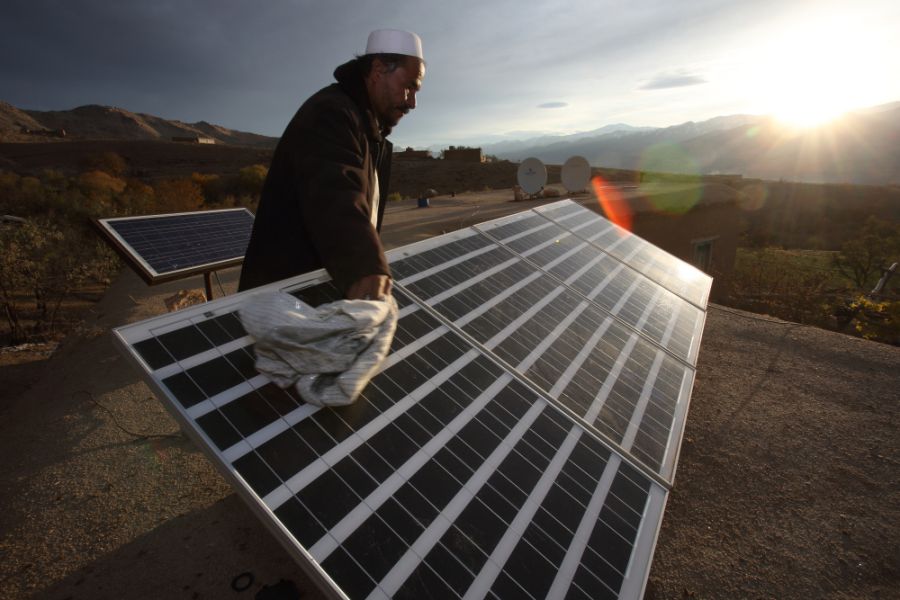


Alijan with newly installed solar panels. They will provide power for lights and other appliances at his home in Palaj village. The panels must regularly be wiped to remove the dust that accumulates in this arid landscape and prevent a drop in efficiency
Jim Holmes
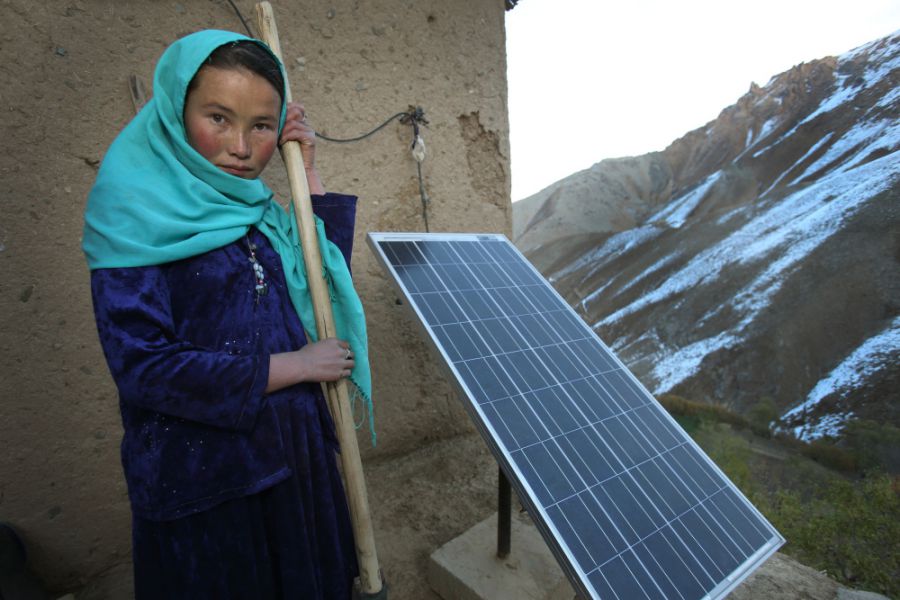


Fifteen-year-old Najiba stands in front of a solar panel installed by the project beside her house in Faizabad village, Daykundi province
Jim Holmes
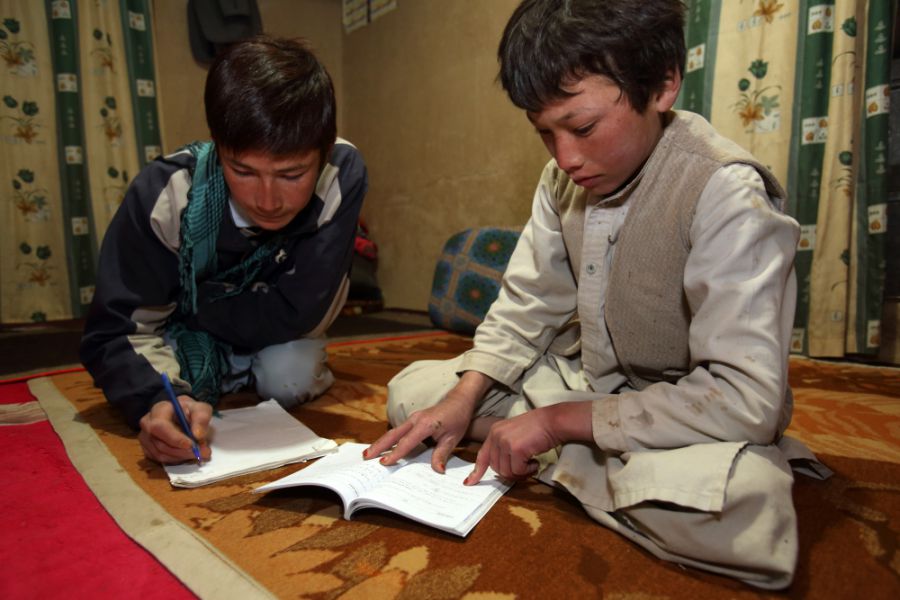


Nassim and his elder brother doing their homework in the evening under a solar-powered light in Faizabad village. The arrival of solar power systems has made it easier for children to study after dark
Jim Holmes
By: Jim Holmes
Send to a friend
The details you provide on this page will not be used to send unsolicited email, and will not be sold to a 3rd party. See privacy policy.
Afghanistan has one of the lowest rates of electricity usage in the world. Currently only 38 per cent of the population are connected to the grid as poor infrastructure has been exacerbated by years of conflict. The mountainous terrain and remoteness of many communities also make it prohibitively expensive to install grid electricity in much of the country. Afghanistan does, however, have one relatively inexpensive resource in abundance: its arid, sunny climate make it an ideal location for solar power.
In this photo gallery, Jim Holmes documents the work of Norwegian Church Aid to bring solar power to remote areas of Afghanistan. As part of a project, the NGO has introduced solar power to communities in four provinces previously cut off from electricity supplies: Bamyan, Daykundi, Faryab and Oruzgan.
The project is based on the barefoot movement in India. This aims to empower rural communities and develop skills by training local, often uneducated, people, to adopt, manage and own sophisticated technologies such as solar power without the need for external technicians.
Initially in 2005 ten people travelled to India for training at the Barefoot College in installing solar systems. These master ‘barefoot solar engineers’, in turn, have now trained 84 engineers scattered across these provinces. A significant number of these engineers are female.
The engineers set up workshops at home, where they prepare donated or purchased solar systems for installation. Without these rooftop systems, most households would still be using expensive kerosene lanterns, which require liquid fuel brought from remote market towns on sometimes hazardous journeys. The project has provided access to electricity through solar power and micro hydropower to 92 villages. Over 50,000 individuals now receive electricity from solar panels. The engineers, many of whom are also farmers, receive a fee of up to 70 Afghani (about US$1) each month from each household for maintaining and repairing the systems. This gives the barefoot solar engineers an average monthly income of US$90.




